- Published on
ZorroSign and Provenance Blockchain Shaping the Future of Web3
- Authors
-
-
- Name
- Michael Jones
-
Guest blog by Kusal Munasinghe and Kushan Edirisooriya at ZorroSign, Inc.
Web3 has become a trending term in the technology space in recent years, and the excitement surrounding Web3 has led to many attempts of development, investment, and experimentation. In this article we will explore how the recent integration done by ZorroSign with Provenance Blockchain advances key Web3 concepts.
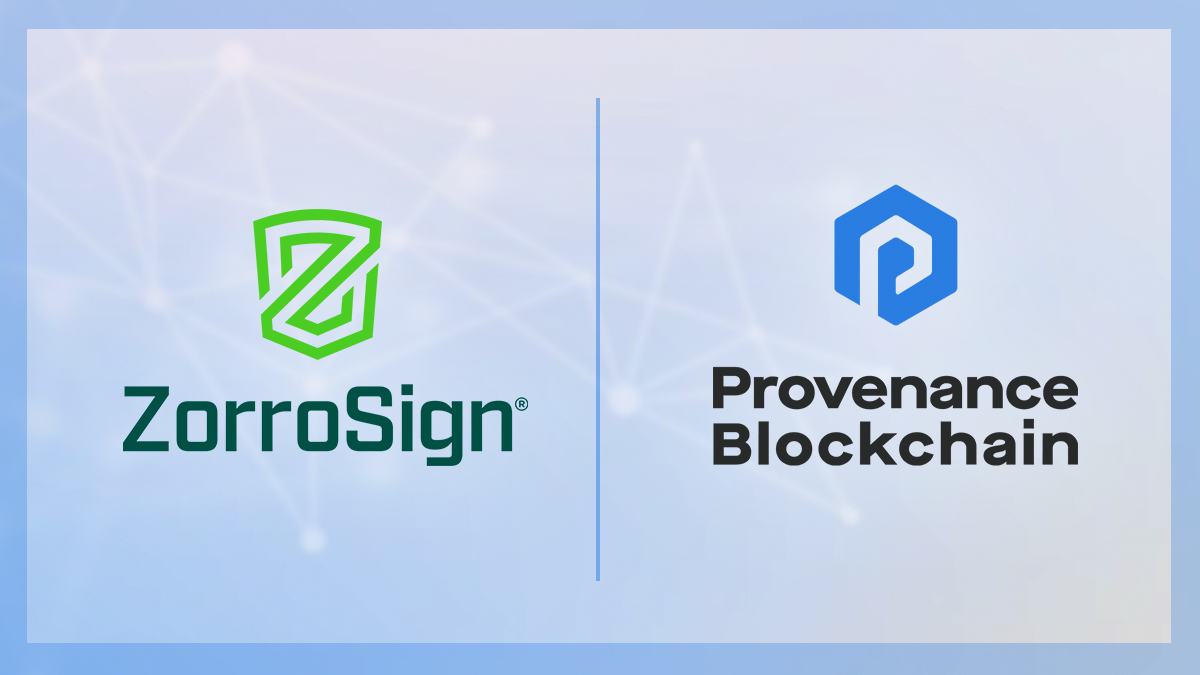
What is Centralization, Decentralization and Distribution?
In an era defined by technological innovation and the ever-expanding reach of the internet, the architecture of systems and networks has undergone a profound transformation. At the heart of this evolution lies the age-old debate surrounding centralization versus decentralization. As organizations and individuals grapple with the complex interplay of these paradigms, it becomes essential to navigate this spectrum effectively. The following paragraphs aim to unravel the intricacies of distributed, centralized, and decentralized systems, offering a comprehensive understanding of their characteristics, advantages, and challenges.
Centralization
With centralized computing systems, all the processes, data storage, and validation are managed by a single and axial party. This sole party has all administrative power and access which makes it vulnerable as a single point of failure.
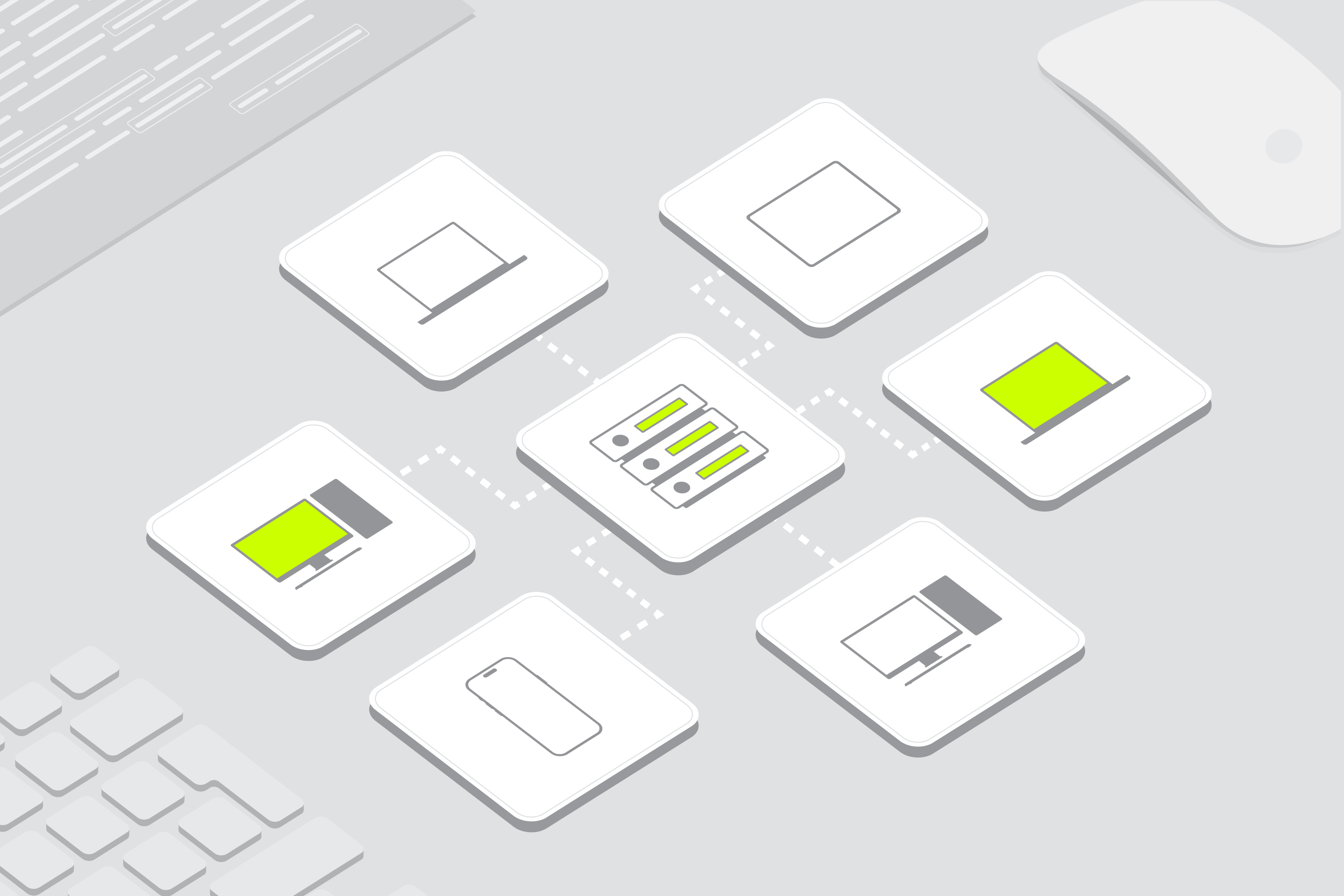
Decentralization
Decentralization in computing refers to a design, or architectural approach, where computing resources, control, and decision-making are distributed across multiple nodes or devices rather than being concentrated in a single central authority or location. This approach has gained prominence in various areas of computing due to its potential benefits, which include increased scalability, fault tolerance, security, and user empowerment.
Decentralized network is a network configuration where there are multiple authorities serving as a centralized hub for participants. In the computing world, a decentralized network architecture distributes workloads among several machines instead of relying on a single central server.
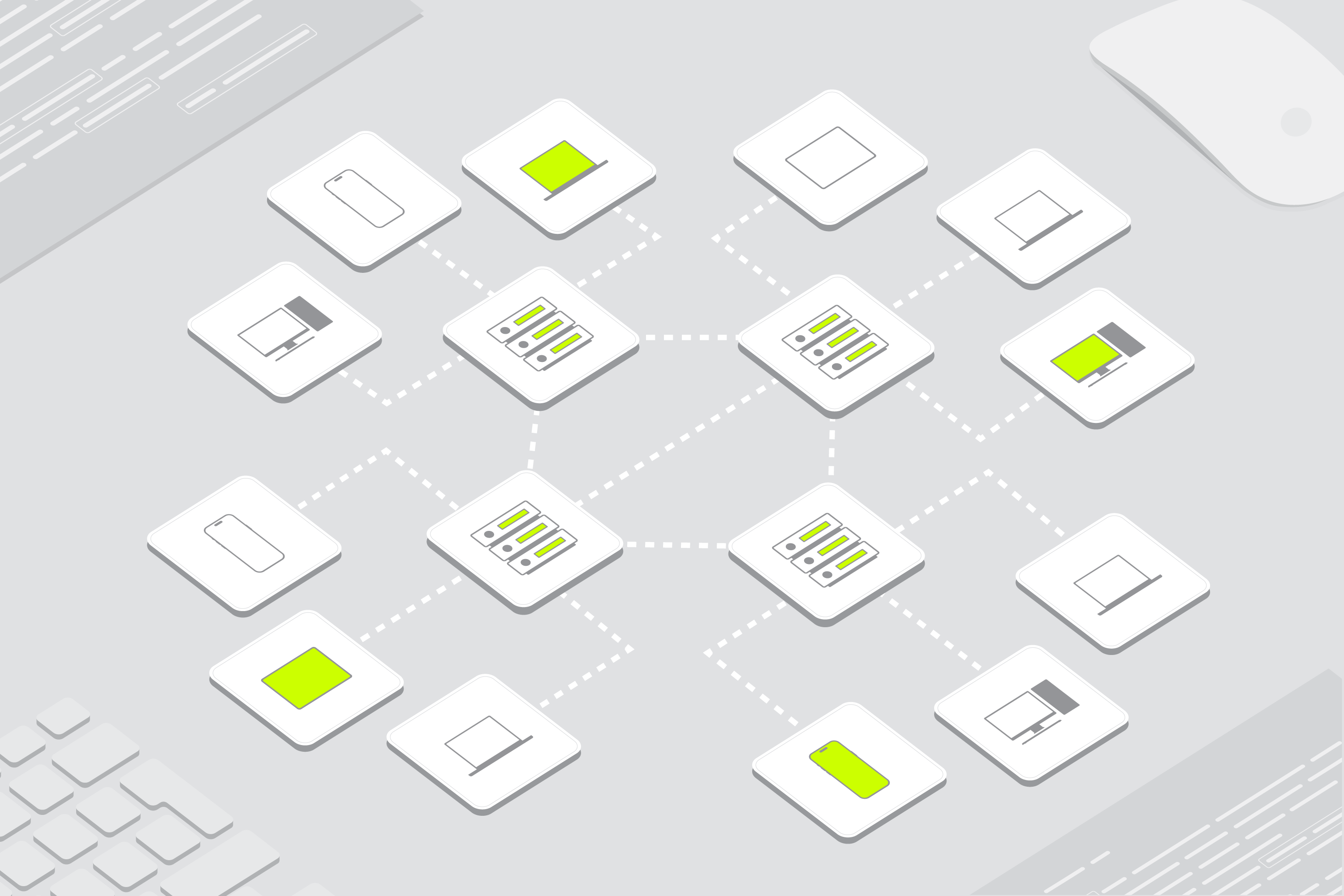
Distribution
In contrast, a distributed computing system is a network of interconnected computers or nodes that work together to perform tasks and solve problems. Here, there is no sole administrator, as these systems are designed to distribute computational and processing workloads across multiple machines, rather than relying on a single central computer.
In distribution models, every participant can communicate with one another without going through a centralized point. Since there are multiple pathways for communication, the loss of any participant will not prevent communication. Distributed computer systems are used to harness the collective computing power of multiple machines to solve complex problems, improve performance, and enhance reliability. They play a critical role in modern computing, particularly in cloud computing environments and large-scale data processing applications.
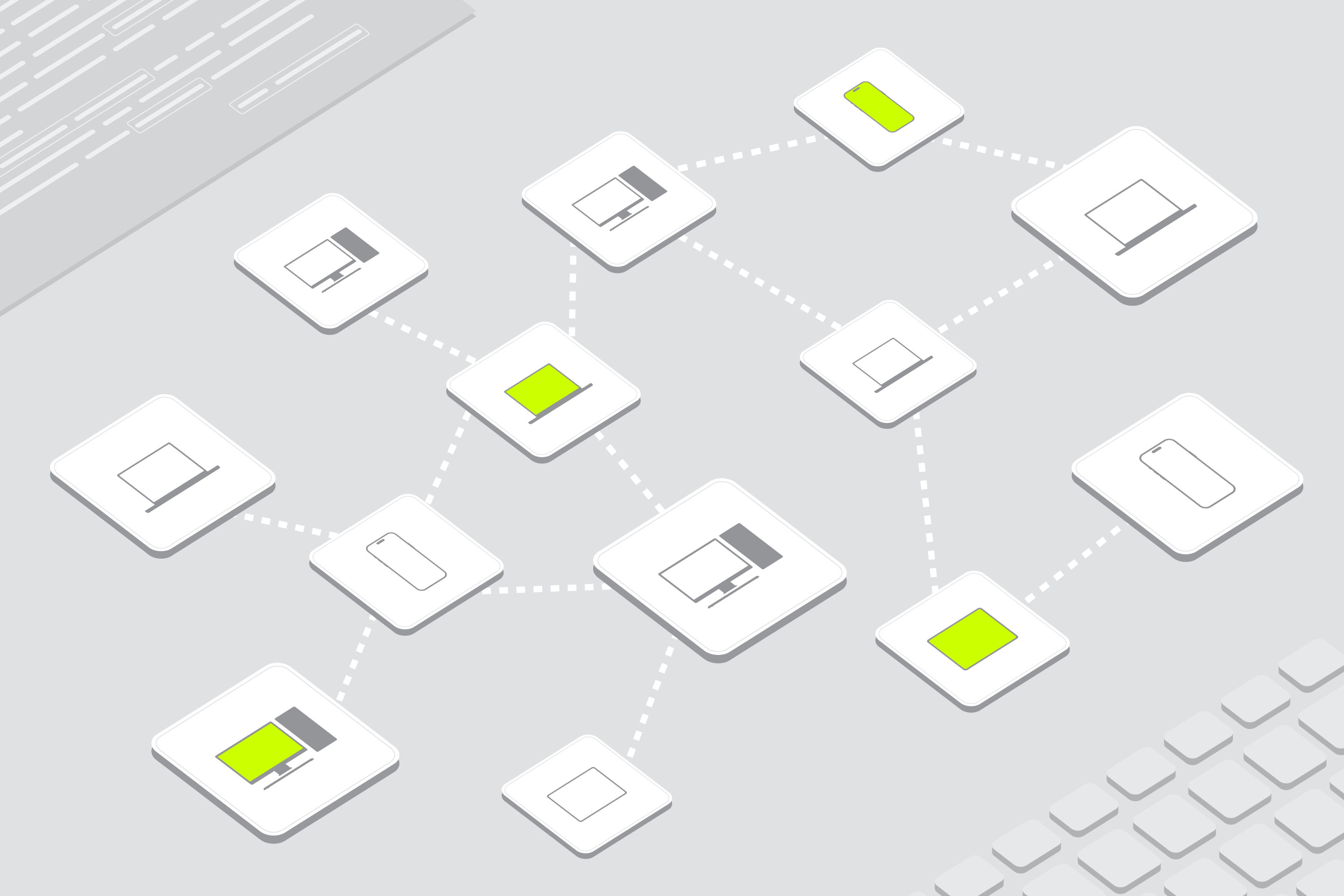
What are Peer-to-Peer Networks?
A peer-to-peer (P2P) network is a decentralized computer network where participants, known as peers, communicate and share resources directly with one another without the need for a centralized server or authority.
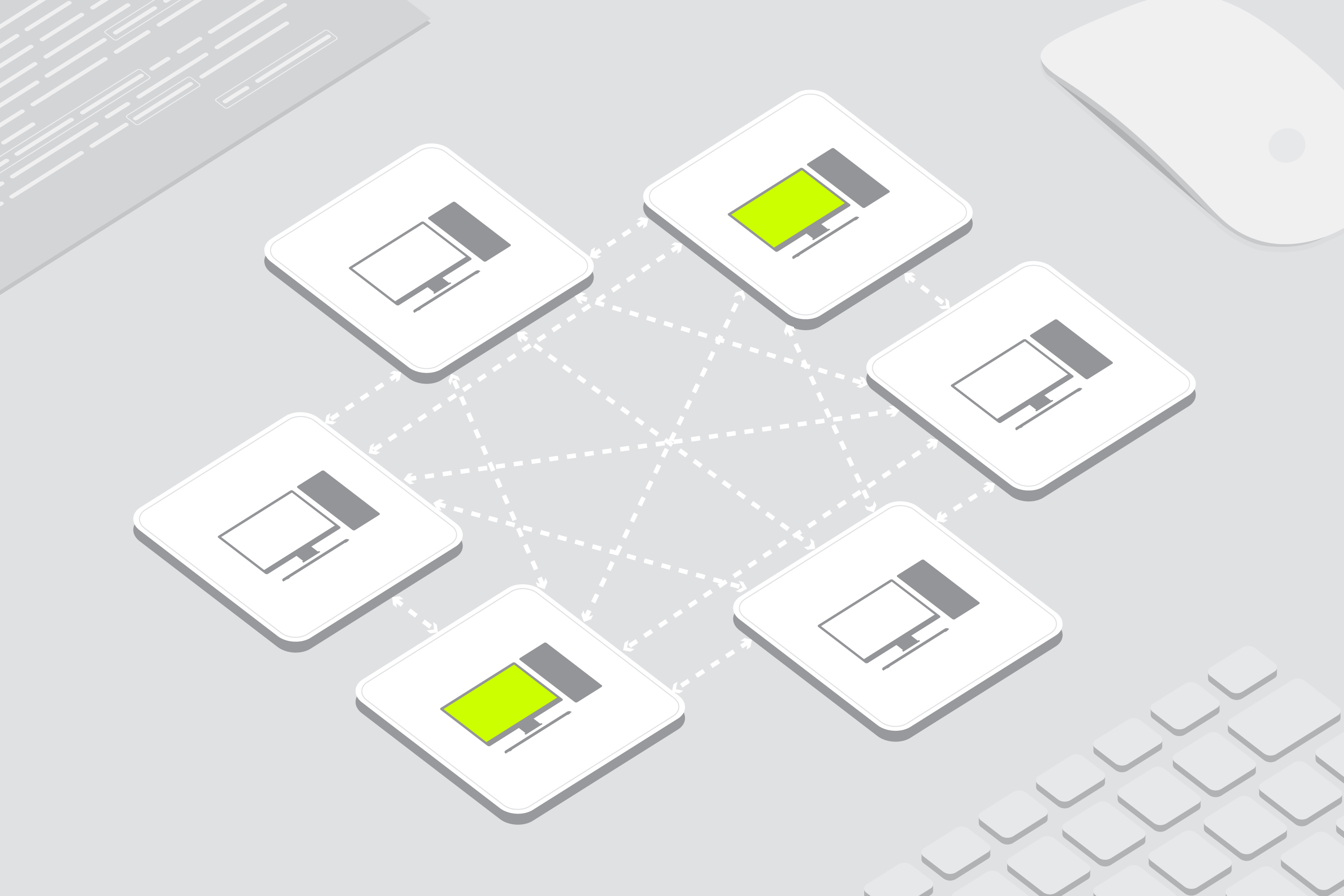
In a P2P network, every connected device can both request and provide services or resources, creating a distributed and collaborative network architecture. Some of the key characteristics and components of a peer-to-peer network are Decentralization, Symmetry, Resource Sharing, Privacy, and Anonymity.
Where Does Blockchain Fit?
Traditional data and document storage mechanisms are vulnerable to data manipulation and attacks because of centralization, limited transparency, and reliance on traditional security measures.
Blockchain is a distributed and decentralized digital ledger technology used to record transactions across multiple computers or nodes. It was originally created as the underlying technology for the cryptocurrency Bitcoin, but its applications have since expanded far beyond digital currencies.
Blockchain technology has the potential to significantly impact democracy by enhancing transparency, accountability, and trust in democratic processes. Through its immutable and decentralized nature, blockchain can ensure that data and transactions are securely recorded and tamper-proof, addressing concerns of election fraud and manipulation. Data is more trustworthy in blockchain compared to traditional databases and other storages. Blockchain written data is immutable, hard to tamper and trusted.
Blockchain and Web3
Before we dive into Web3, a quick history review to understand what technologies preceded Web3.
Web1 was dedicated to users searching for data. This web version is sometimes called “the read-only Web”, for example reading a newspaper from the web. Web1 was made up of a small number of people generating content for a larger audience and was the first step of the big journey.
Today’s Web2 has many people creating even more content for a growing audience. Web1 focused on reading, but Web2 focused on participating and contributing such as content publishing in social media. The big tech companies of 2023 are Web2 leaders.
Finally to Web3. Web3 is an approach poised to redefine the way we interact with digital technologies and the internet itself. Unlike its predecessors—which primarily focused on delivering information and facilitating user interactions through centralized platforms—Web3 introduces a decentralized, trustless, and user-centric model that empowers individuals to take control of their online experiences and data.
Key areas in Web3 are blockchain technology, decentralized networks, and cryptographic principles to create a more open, transparent, and secure digital ecosystem. It enables peer-to-peer interactions, facilitates autonomous smart contracts, and ensures data ownership and privacy, all without the need for intermediaries or centralized authorities.
Blockchain uses consensus mechanisms to verify and validate new blocks to the network. Therefore, only genuine and verified transactions are stored inside the block. Provenance Blockchain, for example, uses proof-of-stake (PoS) consensus mechanisms and that will ensure the trust and security of blockchain.
(Proof-of-stake or PoS was created as an alternative to proof-of-work or PoW, the original consensus mechanism used to validate transactions and mine new blocks on Bitcoin. PoW requires “miners”—individual computers—to solve cryptographic puzzles, while PoS requires “validators” to own and stake tokens for the privilege of earning transaction fees. Such validators verify transactions, vote on outcomes, and maintain records to ensure non-repudiation.)
Non-repudiation is a feature that comes with blockchain that refers to the assurance that a party in a communication or transaction cannot deny the authenticity or integrity of a message, action, or agreement that they have previously taken. In essence, it ensures that once a party has sent a message, performed an action, or agreed to a contract, they cannot later claim that they did not do so.
The goal of Web3 is to allow users to regain sovereignty over their data, participate in decentralized governance, and explore innovative ways to collaborate, transact, and communicate on the internet. As Web3 continues to evolve and mature, it has the potential to reshape industries and empower individuals.
In short, Web3 is the decentralized version of the internet and blockchain technologies are key to enabling technology for Web3.
The Advance of ZorroSign’s Integration with Provenance Blockchain
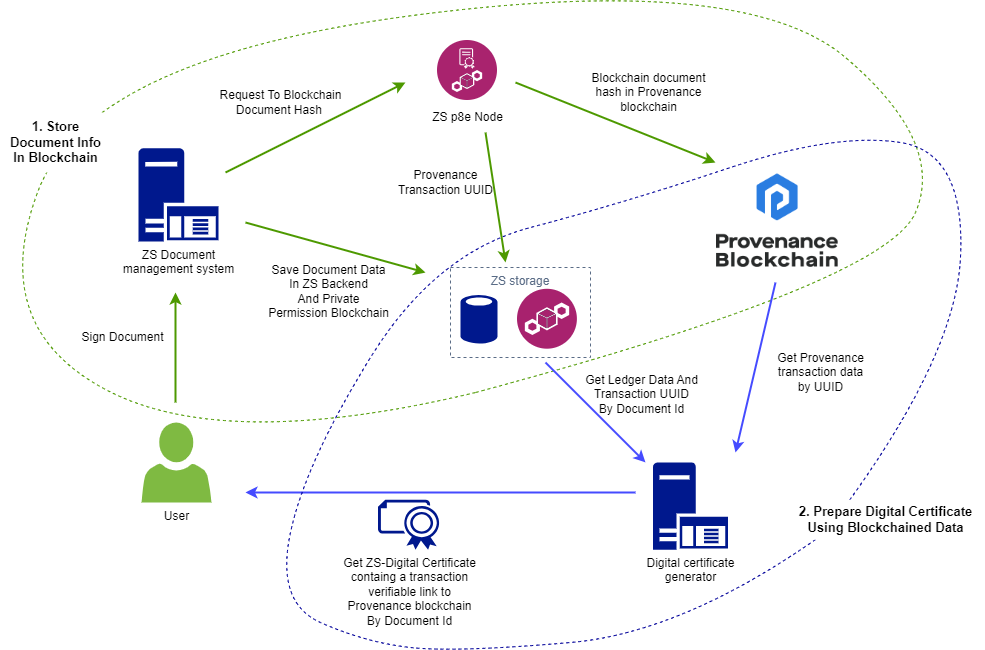
Provenance Blockchain is a groundbreaking technology that has revolutionized the way we track and verify the origins and ownership of assets in various industries. Provenance Blockchain is specifically designed to provide a transparent and immutable record of the history of physical and digital assets, including products, documents, and more.
Purpose-built for the financial services and insurance industry, Provenance Blockchain is routinely the blockchain of choice for tokenization with over $8 billion in real-world financial asset total value locked (TVL). The platform has played a key role in several financial services firsts, including the first blockchain-native consumer loans, first asset-backed securitization on blockchain, and the first bank-minted tokenized deposits in the United States. Provenance Blockchain is leveraged by more than 70 leading financial institutions including Apollo Global Management, Hamilton Lane, Guaranteed Rate, and innovative fintechs.
The primary objective of integrating ZorroSign with Provenance blockchain is to enhance the transparency, and authenticity of document transactions. Immutable document Integrity is achieved as Provenance Blockchain record document hash of the final document and produce a unique transaction hash. This ensures that the document is tamper-proof as Provenance’s transaction hash can be publicly viewed and verified for its authenticity.
The goal of integrating ZorroSign with Provenance Blockchain is to create a more secure, transparent, and efficient environment for handling and storing documents while ensuring superior data integrity and authenticity. Compared to other document signing platforms which rely on traditional storages, ZorroSign offers clear advantages when it comes to trust & security because of its innovative use of Blockchain technology.
What Does This Integration Mean for Web3?
By offering a tamper-proof and decentralized ledger, Provenance Blockchain enhances trust, reduces fraud, and improves accountability, opening doors for a new level of transparency and integrity in asset management and ownership verification. Being a public blockchain, Provenance Blockchain provides the extra advantage of having the transaction link where verification is possible without relying on a user account or login into a system. This is a key value proposition of Web3.
Where Do We Go from Here?
With today’s integration, ZorroSign has embarked on a journey that could bring out best in both ZorroSign and Provenance Blockchain for our users. Two specific goals moving forward:
- The ZorroSign development team is assessing the replacement of the global B2B wallet used for Provenance Blockchain transactions with individual user’s specific wallets. This would be a revolutionary step as it will achieve true data democracy: Making sure that each user who signs the document will have his/her ownership of the transaction, and therefore the ownership of the document. This level of integration will not be as easy, as it must resolve many technical and business flow challenges as a significant split from the familiar Web2 model. Research for this Web3 wallet individualization is already under way.
- The ZorroSign development team aspires to also run the entire document-signing flow based on data contracts in Provenance Blockchain, and so even store the documents themselves in blockchain nodes. Such storage would deliver the highest security, integrity, authenticity for documents and give the full ownership of the document to the signed wallet owner.
Both of these future developments are in progress. ZorroSign’s dreams for Provenance Blockchain may shape the very future of Web3 and we are thrilled to share each step of the way!